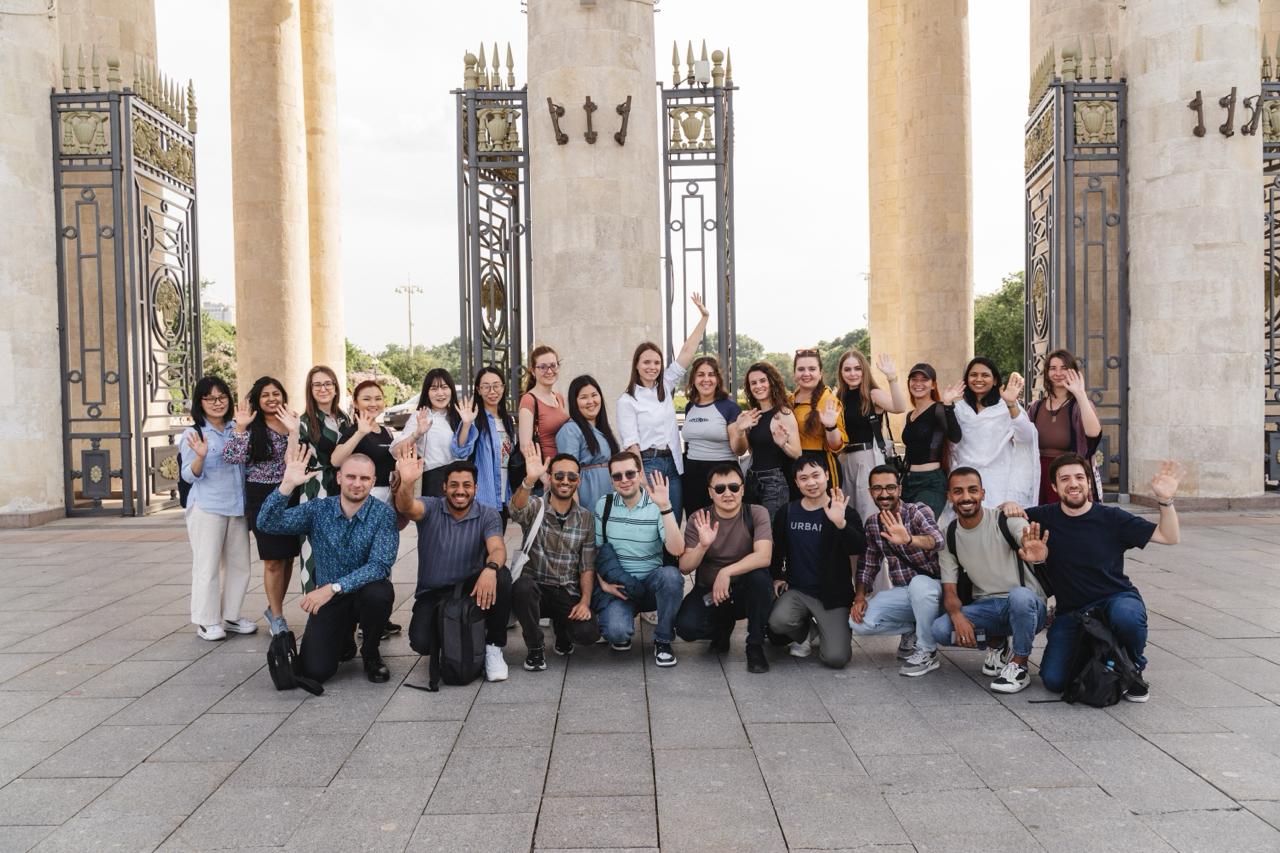Do you know why Russia’s smallest coin is called a “kopeck”?
Well, now our fellows do! On May 29, the participants of the InteRussia fellowship in Russian studies visited the Museum of Moscow to explore the city’s rich past through the large-scale exhibition "History of Moscow."
The display offers a deep dive into the everyday life of Muscovites across the centuries — from the first settlements along the Moscow River in the first millennium BC to the dawn of the Great Patriotic War.
The exhibition features around 2,700 artifacts and artworks from the museum’s collection, including archaeological finds, paintings, rare books, photographs, household objects, and architectural fragments. Through these items, visitors discover how different social groups lived — from medieval craftsmen whose professions now echo in street names, to noble families, merchants, peasants, and residents of 1920s communal apartments.
And the kopeck?
Most historians agree that the name comes from the image once featured on its obverse — Saint George the Victorious slaying a serpent with a spear (kop’ye in Russian). Hence the name kopeck — a small coin with a sharp story behind it.
The InteRussia program in Russian studies is implemented by the Mezhdunarodniki Autonomous Non-Profit Organisation in cooperation with the Gorchakov Fund and the Pushkin Institute, with grant support from the Presidential Grants Foundation.
Well, now our fellows do! On May 29, the participants of the InteRussia fellowship in Russian studies visited the Museum of Moscow to explore the city’s rich past through the large-scale exhibition "History of Moscow."
The display offers a deep dive into the everyday life of Muscovites across the centuries — from the first settlements along the Moscow River in the first millennium BC to the dawn of the Great Patriotic War.
The exhibition features around 2,700 artifacts and artworks from the museum’s collection, including archaeological finds, paintings, rare books, photographs, household objects, and architectural fragments. Through these items, visitors discover how different social groups lived — from medieval craftsmen whose professions now echo in street names, to noble families, merchants, peasants, and residents of 1920s communal apartments.
And the kopeck?
Most historians agree that the name comes from the image once featured on its obverse — Saint George the Victorious slaying a serpent with a spear (kop’ye in Russian). Hence the name kopeck — a small coin with a sharp story behind it.
The InteRussia program in Russian studies is implemented by the Mezhdunarodniki Autonomous Non-Profit Organisation in cooperation with the Gorchakov Fund and the Pushkin Institute, with grant support from the Presidential Grants Foundation.




